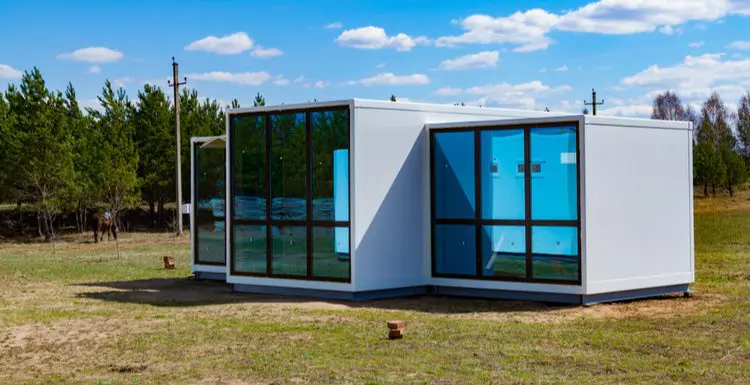Wondering about average modular home prices and what affects them? We’ll deconstruct the pieces behind the costs.
Read on to learn about systems, upgrades, features, things to consider, and more.
How Much Do Modular Homes Cost?
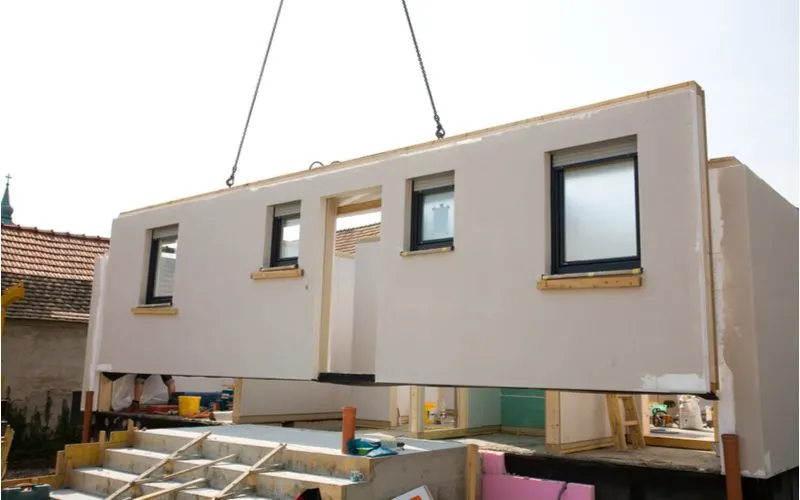
Benik.at/Shutterstock
The cost of modular homes will vary depending on layout, style, customization, location, and the company. However, on average, prices range from $120,000 to $360,000. For every square foot, expect to pay between $40 and $80.
However, that’s just the price for the unit. Not the installation. A complete installation raises prices from $80 to $200, depending on custom features and any additional fees.
For example, a 1,000-square-foot modular home might have an estimate of $80,000 but total $160,000 after installation.
Average Modular Home Prices
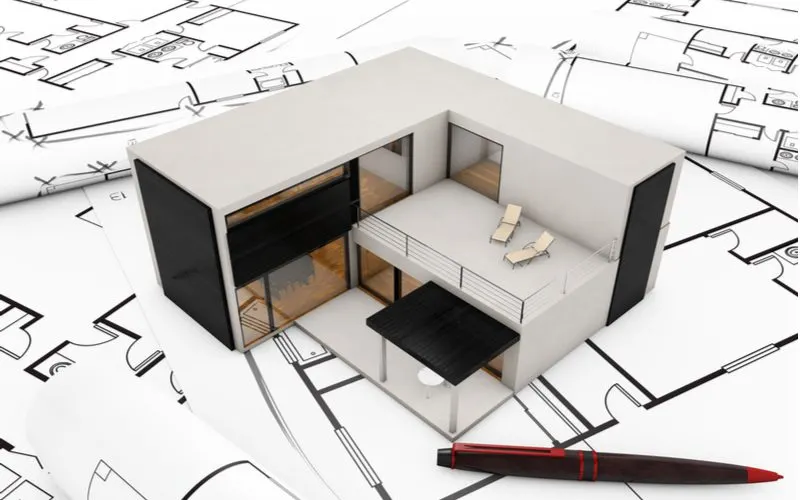
McLittle Stock/Shutterstock
Modular and manufactured homes are available in a range of sizes and styles. For many types, the assembly options for the modules or sections are innumerable.
From tiny homes to mansions, modular homes can become nearly anything. With so many shapes and styles possible, the prices can significantly vary.
To give you a better idea, let’s look at the average costs of two examples with different bedroom and bathroom arrangements:
- A 2-bedroom, 2-bathroom modular home at 1,000 to 1,500 square feet typically costs between $80,000 and $240,000 for full installation.
- A 5-bedroom, 5-bathroom modular home would be between 2,000 and 3,200 square feet. Expected costs are $160,000 to $460,000 after installation.
Both examples feature modular homes with minimal customization. Estimates include both the base price, set-up, and finishing. If you’re interested in a higher level of customization, modular builders can alter unit sizes, floor plans, and finishes.
Regional and Travel Considerations
While traveling a longer distance from the construction facility to the lot can already impact costs, there are also regional considerations.
While the unit prices will be similar across the nation, location alters the diversity of floor plans. Bigger cities have more layout options and customizations.
However, urban areas may limit ceiling height to allow transport trucks to drive under overpasses, which typically require 14-foot clearance (which includes the truck height).
Travel costs are usually $5 per square foot. So while builders might transport smaller units as one, larger units will be shipped in multiple sections.
Additionally, there are often other travel costs that are determined beyond the size of the modular home. Distance from the building facility adds travel time, which increases costs. If modules need to be shipped separately, that can also increase the price. Add-on costs will vary.
Land Costs
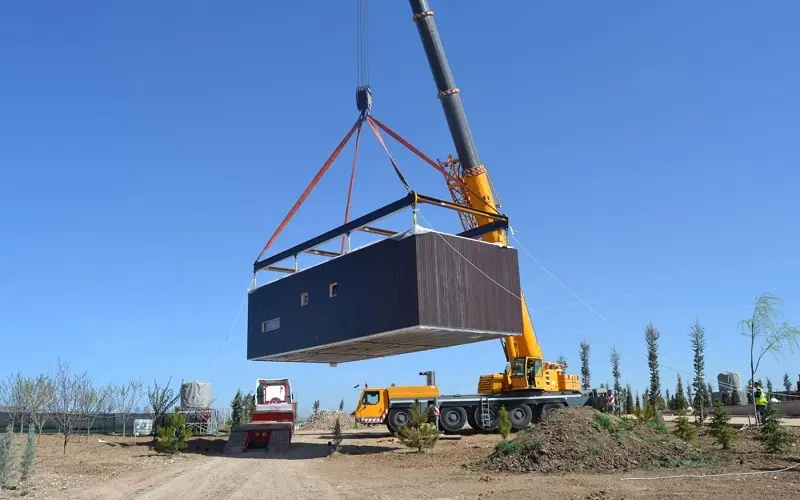
MODSTEEL/Shutterstock
Land preparation is a separate but equally crucial part of the price estimate. In addition to the initial cost of the lot, inspection, leveling the ground, and removing obstacles are some essential tasks. Clearing the land can cost nearly $3,000, depending on how much work is required.
If the lot features a steep slope or requires extensive dirt removal, you’re likely to see prices increase. Abundant trees, plant life, and rocks may also increase labor costs.
Structure Removal
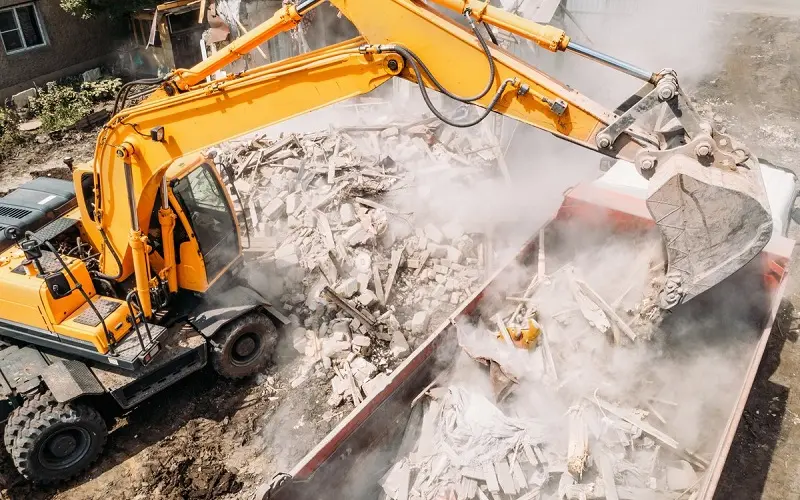
DedMityay/Shutterstock
Not all lots will require removing a pre-existing structure, but it’s a cost that modular home buyers should keep in mind. For the average 3-bedroom, 2,600-square-foot residential home, removal can cost between $5,000 and over $40,000.
Structure removal prices vary, but typically fall between $2 and $17 per square foot. A driveway or other structures, such as a deck, may cost more. Labor and time count as additional costs.
Foundation Costs
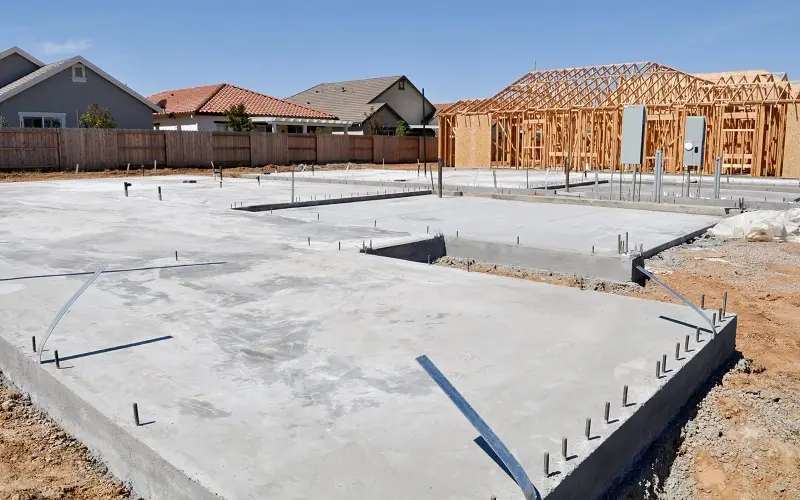
Brandon Bourdages/Shutterstock
Builders construct modular homes as easily transportable units, but they still need a foundation after reaching their final destination.
The national average is about $10,000 for a standard new foundation. But for 1,200-square-foot homes, prices range from $4,500 to $40,000.
For 2,400-square-foot homes, prices range from $12,000 to $80,000. There are five basic types of foundation available: concrete slab, pier and beam, crawl space, and a full basement.
While there are variations within those categories, adding a full basement is the most expensive option, with an average of $18 per square foot.
On the other hand, concrete slab foundations or pier and beam foundations are the least costly, costing between $4 and $5 per square foot. Inspection, materials, soil types, sealing, and other costs will vary.
HVAC, Electrical, and Plumbing Costs
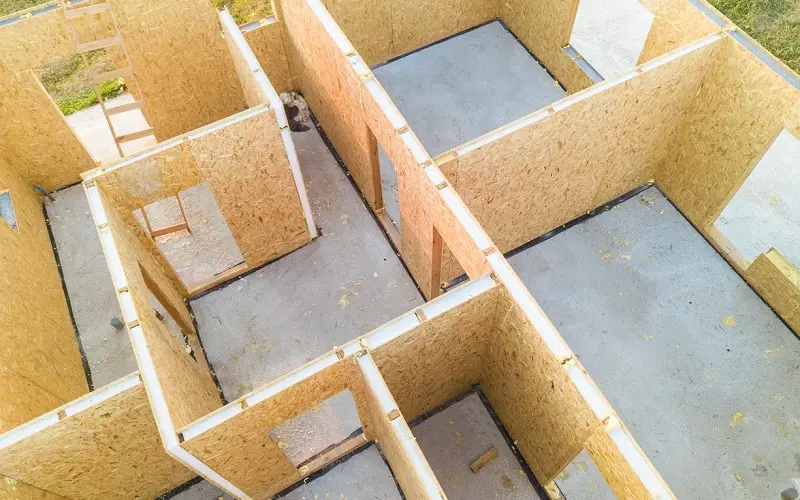
Bilanol/Shutterstock
As most modular homes don’t include utility lines, installation is a separate cost. Utility installation prices range from $2,500 to $200,000 on average. Modular homes moved to rural areas may increase costs by adding a septic tank or water well.
Here are some utility examples with average estimates:
- Electrical Wiring: $2,000 to $9,000
- Septic System: $3,500 to $10,000
- Sewer Line: $1,500 to $10,000
- Plumbing Installation: $2,300 to $5,200
- Water Main: $500 to $2,500
- Well Drilling: $3,000 to $15,000
- Gas Line Installation: $500 to $2,000
- HVAC: $4,800 to $12,400
Frequently Asked Questions
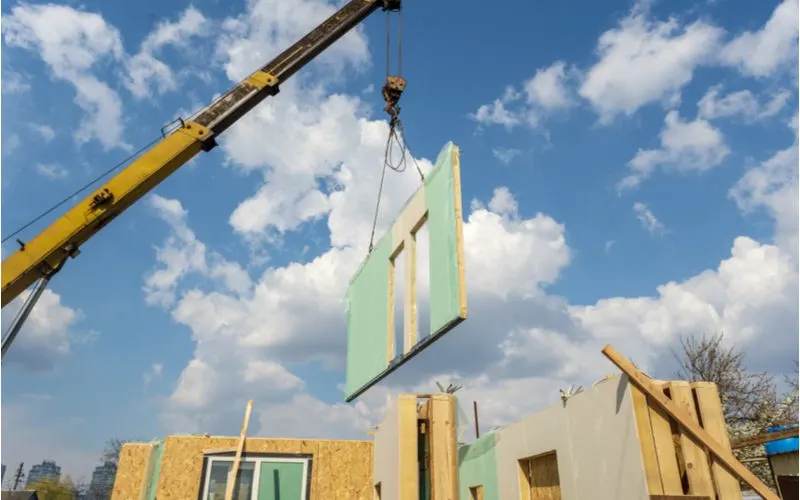
brizmaker/Shutterstock
Are modular homes prices lower than traditionally-built homes?
Yes and no. The average modular home costs 10% to 20% less than stick-built homes. A conventionally built home might cost between $150 to $250 per square foot. However, a key cost to consider is transportation. Builders construct stick-built homes at their final location, so they don’t need to uproot the house. If the modular home requires transportation over a longer distance, the price will increase. When possible, buyers should consider the construction location and the destination location before purchasing from a particular company. Land cost is also a major consideration, as modular home prices don't include the cost of the lot. It’s also crucial to check zoning regulations to ensure modular homes are allowed on your lot.
Modular vs. Manufactured: What’s the difference?
Both are types of prefabricated housing. For both, the majority of construction takes place in a factory setting.
However, where the final assembly takes place makes all the difference. Modular homes are constructed in a factory but assembled on-site.
Manufactured homes are entirely built and then shipped to their home owner's location. Additionally, modular homes allow for greater customization. Manufactured or mobile homes are frequently cheaper than modular homes but are more likely to depreciate.
In addition, they abide by the U.S. Department of Housing and Urban Development (HUD) regulations rather than local building codes. As a result, they don’t require an inspection, and they're potentially less sturdy than modular homes.
Do modular homes have resale value?
Like traditional stick-built homes, modular homes will have resale value, but it depends. Just as location and home condition matter for traditionally constructed houses, modular homes need upkeep to maintain their value.
There is some stigma around buying someone else's prefab home. Still, that issue is losing merit as modular homes become more popular. Any appreciation or depreciation won’t be solely dependent on the home being modular.
How long before modular home buyers can move in?
Modular homes are built 30 to 60 percent faster than traditional stick-built homes.
While the customization, planning, and permit stages can add time, most modular home buyers can expect to move in between 26-40 weeks.
The actual construction account for very little of that time. Planning and approval are the longest stages.
So, How Much Do Modular Homes Cost?
Modular homes prices vary according to customization and size. It’s also crucial to consider additional costs, such as travel and land preparation. On average, buyers can expect a range between $120,000 to $360,000.
This represents a 15%-25% discount over traditional stick-built homes. We think that’s enough of a cost savings to make it worth considering.

